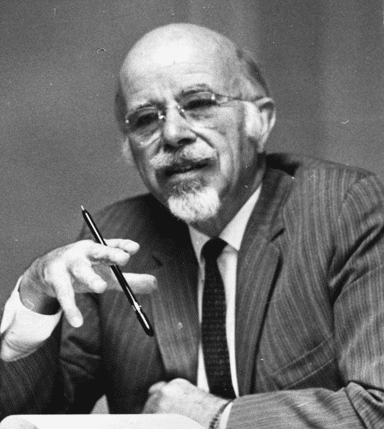Related Articles
How TW2020 is a Catalyst for Church Planting
Luis Bush and Paul Eshleman
Growing Churches in Resistant Areas
In early 1997, a regional church development working group asked what could be learned from existing churches to benefit those planting new churches of Muslim background believers (MBBs).
Celebrating Donald A. McGavran: A Life and Legacy
McGavran was a prolific writer of letters, articles, and books, as well as a world traveler. No one, to my knowledge, has visited as many mission fields, conducted as many interviews, or researched the growth and decline of Christian churches as widely as McGavran. He influenced mission theory and practice internationally and the movement he started continues to move forward, empowered by appreciative followers.
Lean on Me (Part 1): The Problem of Dependency
As the first of two articles on the dependency/
interdependency debate, Rickett presents the main
views of Glenn Schwartz and John Rowell.
What Mcgavran’s Church Growth Thesis Means
0ne of the most provocative and stimulating attempts in recent years at appraising present-day missionary methods is that by Dr. Donald Anderson McGavran, former missionary to India and now dean of the new Fuller School of World Mission and Institute of Church Growth, Pasadena, Calif.

